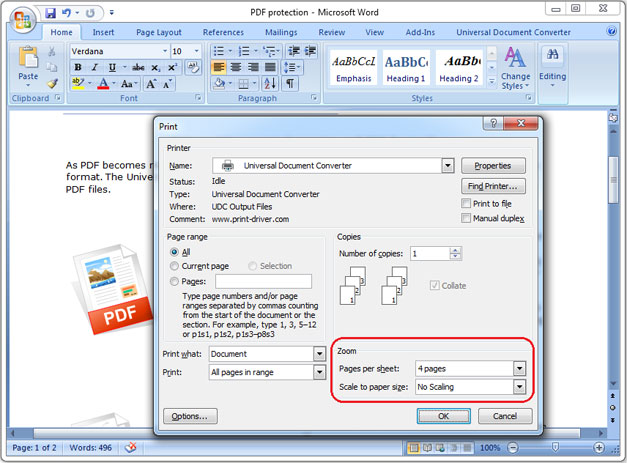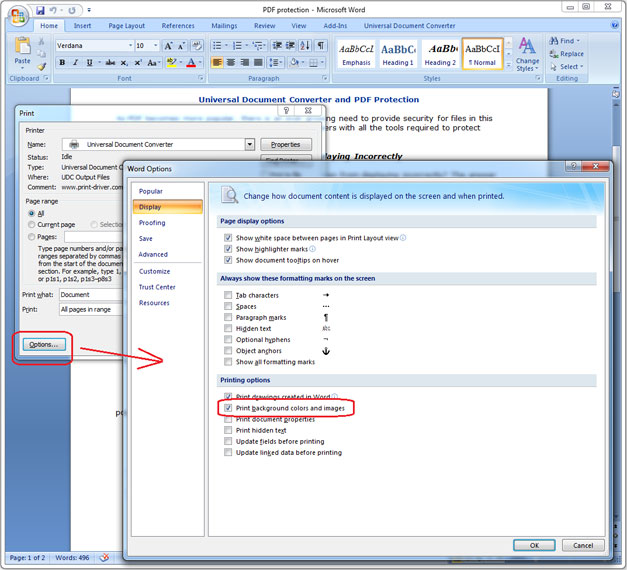

But that’s an unrealistic and unlikely approach.

#QUARKXPRESS DOCUMENT CONVERTER 1.0 MANUAL#
If you decide to go whole hog and transfer every document in your archives from QuarkXPress to InDesign, you’re in for a lot of pain and manual labor. It depends on how you make the transition. There’s nothing inherently difficult in switching to InDesign, but given all these factors, I would certainly not call the process easy. Perhaps more important, however, is companies’ investment of so much time and energy into building their infrastructure around XPress: finding reliable consultants, buying QuarkXTensions, training staff, writing AppleScripts, building a workflow. Similarly, character styles and text wrap work significantly differently in InDesign, which will trip up unsuspecting QuarkXPress users. And although InDesign does sport an XPress-like pasteboard, many other aspects will drive XPress users battyfrom the creation and application of color to the fact that leading is a character attribute instead of a paragraph-wide setting. Even though Adobe claims that InDesign opens QuarkXPress documents, the program rarely does so without requiring significant cleanup afterward. These are subtle, sometimes obscure enhancements, but they can make a big difference in the quality of your text.Īs much as my InDesign-loving friend Deke would like you to believe this one, it unfortunately just ain’t true. Its drop-cap controls are precise and easy to access. It splits out all designer styles for a typeface family to a separate pop-up menu, so you can’t accidentally choose a font style that doesn’t exist. InDesign automatically inserts the proper ligatures and small caps when a separate small-cap font is available. (How quickly David has snared me into a tangential discussion! Clever boy, that oneI shall not underestimate him again.) And there are a couple of points we have missed so far. (Quark recommends that XPress users have 10MB of RAM.) I would be a bald-faced liar if I didn’t admit that XPress fares better on slower systems.īut the topic is typesetting, not performance. Still, I’m the first to admit that InDesign’s recommended system requirementsthe list includes a G3 processor, OS 8.5 or later, and 128MB of RAMare excessive. I can’t vouch for the experience of others, but my personal experience with InDesign is that it runs relatively briskly particularly with long documentson G3 or better machines. What’s more, InDesign’s hard-core typography algorithms can require a lot of processing power, causing slower performance on older machines. For instance, there’s no way to justify text vertically inside a text frame (an easy task in QuarkXPress). InDesign’s text handling isn’t all rosy, however. It’s not that you can’t create most of these effects by hand in XPress it’s just that InDesign makes it easy.

#QUARKXPRESS DOCUMENT CONVERTER 1.0 MAC#
Factor in the ability to insert “hidden” charactersfrequently available in fonts but not accessible through the normal Mac keyboardand support for the new OpenType fonts, and you have an extraordinary opportunity to set great type with less effort. (For in-depth information about this topic, see “”Setting Type in InDesign”,” Create, in this issue).

Features such as optical kerning (which better calculates optimal character spacing) and Multi-line Composer (which calculates line breaks across multiple lines to get better-looking justified type) are very impressive. There’s no doubt that InDesign’s greatest strength is in its typesetting.


 0 kommentar(er)
0 kommentar(er)
